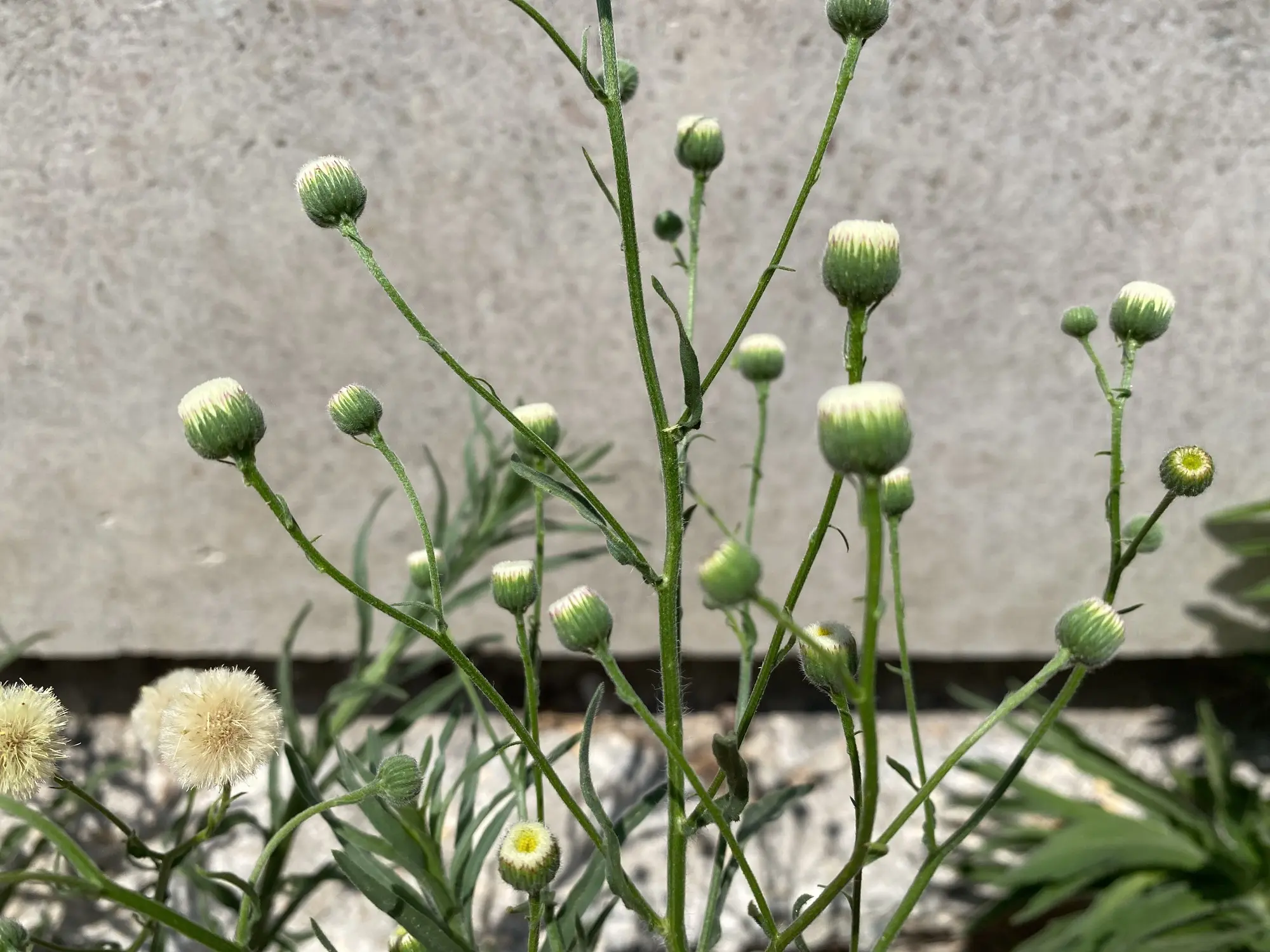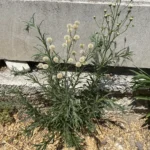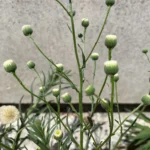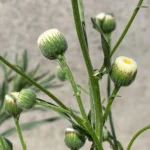Ηριγέρων του Μπουένος Άιρες
Etymology of Erigeron bonariensis
"Erigeron" derives from Ancient Greek "ἠριγέρων" [irigéron], which means "prematurely old", from "ἦρι", meaning "morning, early in the morning" and "γέρων", meaning "old man". This is either a reference to the fluffy, white seed heads and the early flowering and fruiting of many Erigeron species. The epithet "bonariensis" means "from Buenos Aires", Argentina.
The Erigeron genus in Cyprus
There are three Erigeron species in Cyprus, all non-indigenous and two of them in fact, invasive.
Erigeron bonariensis is a non-indigenous, invasive plant that grows all around Cyprus except for the Central Mesaoria region (Nicosia and surrounding areas). It is quite a popular plant. Its flowering period is non-stop, all year long.
Geographical Distribution of Erigeron bonariensis
Erigeron bonariensis, also known as flax-leaf fleabane or hairy fleabane, is a plant with a remarkable and widespread geographical distribution. Its native range is believed to be in tropical and subtropical regions of the Americas, likely originating from Central or South America. However, this plant is a classic example of a cosmopolitan weed, having spread and naturalized across almost every continent except Antarctica. It is now found throughout the tropics and subtropics, as well as in many temperate regions. This includes widespread presence in North America, Europe, Asia, Africa, and Australia.
In Europe, it is well-established, particularly in Mediterranean countries like Greece, Italy, and Cyprus, where it is a common sight in urban and rural settings. Its ability to spread globally is largely due to its prolific seed production and effective wind-dispersal mechanism.
Habitat of Erigeron bonariensis
Erigeron bonariensis is a highly adaptable pioneer species, meaning it is one of the first plants to colonize disturbed or bare ground. It thrives in a wide variety of habitats, showing a preference for open, sunny locations with well-drained soils. You can commonly find it in ruderal areas - places where the natural vegetation has been disturbed by human activity. These habitats include roadsides, pavement cracks, walls, footpaths, waste ground, and fallow fields. It is also a significant weed in agricultural settings, particularly in orchards, vineyards, and low-tillage cropping systems, where it can be resistant to herbicides.
Erigeron bonariensis in Cyprus
In Cyprus, it is a very common plant that can be found growing in disturbed ground all around the island, including in the Limassol district, where it is a familiar sight. This plant's ability to tolerate dry, stony conditions and thrive in nutrient-poor soils makes it a successful colonizer of urban and rural landscapes. It is believed not to exist in the plains of central Cyprus. It appears up to an altitude of 1075 meters. It is a plant that you can find it blooming anytime during the year.
How to recognize Erigeron bonariensis in Cyprus
Erigeron bonariensis bears much fewer flowers than the ones of sumatrensis and canadensis. For instance, bonariensis may have usually around 15-30 on a plant, sumatrensis definitely more than that, and canadensis could bear more than 100.
Erigeron bonariensis grows up to 75 cm in height and its leaves are covered with stiff hairs. It is usually seen growing at around 30-40 cm tall. Erigeron canadensis grows up to 1.5 m tall, with sparsely hairy stems, but it is usually seen grown less, but more than 40 cm tall.
Erigeron bonariensis 's capitula is 7-11 mm wide at fruiting, whilst of sumatrensis 5-8 mm wide at fruiting and canadensis is 3-5 mm wide at fruiting.
Erigeron bonariensis 's phyllaries are more or less hairy, whilst canadensis's are glabrous or nearly so.
The bonariensis has more or less spherical flowers when they are still unopened and are about to bloom, whilst the canadensis has oblong ones.
Erigeron sumatrensis's inflorescence is pyramidal, bonariensis's is not.






